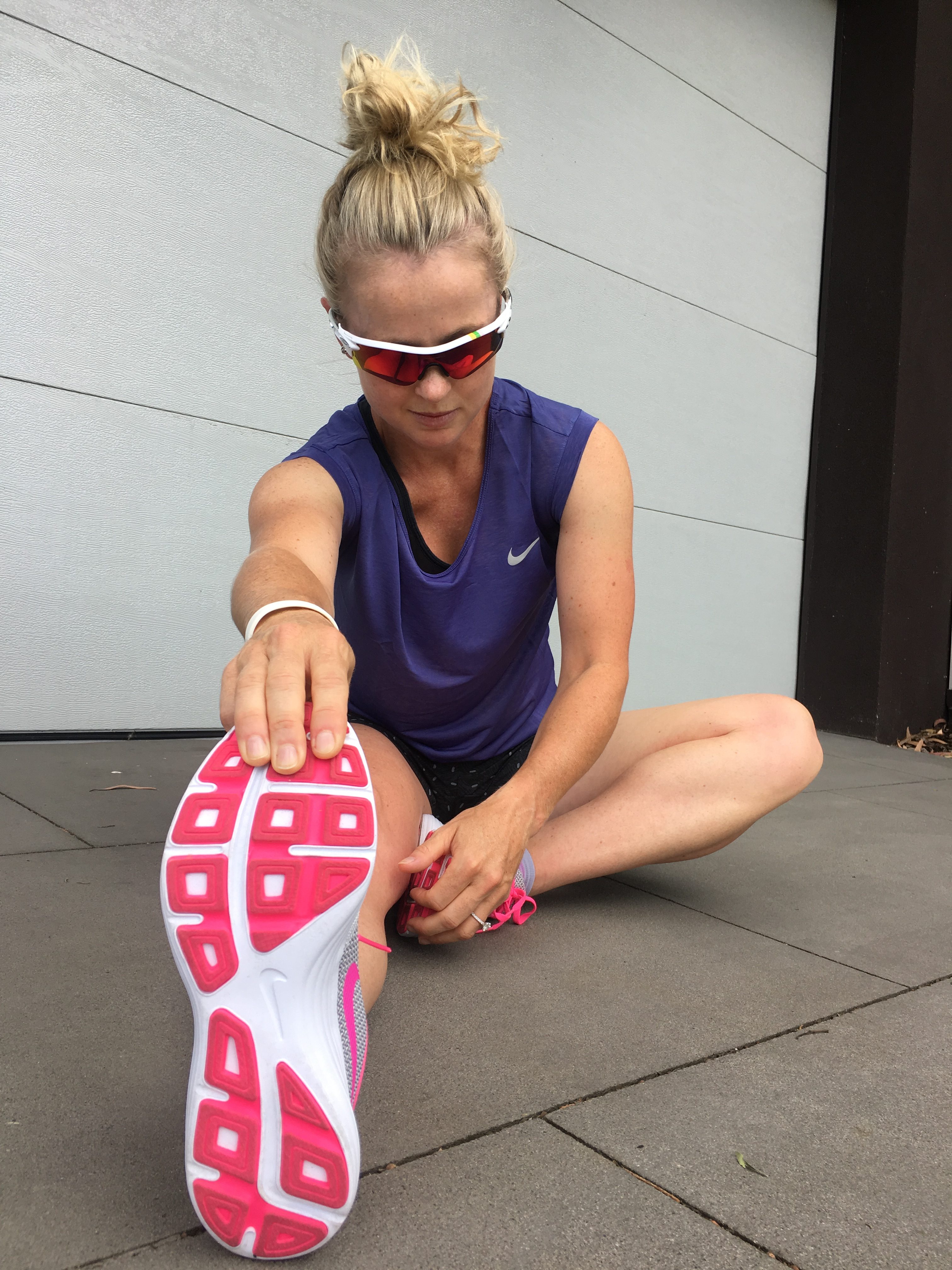How to make the most of your triathlon winter season training
Building a solid base for endurance is the key to having a strong racing season, no matter the distance you are training for. Short Course athletes require a solid base so their bodies can adapt and grow and handle the intensities that will come later in their training program. Long Course athletes require a strong aerobic base to build the engine that will carry them through their training volume and more importantly, race day. A solid base also helps you become a robust athlete, which in return helps prevent injuries, illness, inconsistency and athlete burn out.
Most athletes know that building and having a strong base is a fundamental foundation to develop on as they progress through the triathlon season. But as much as most athletes know this, they may not necessary understand why it is so important and how it can help them through their racing season.
Picture this: You trained your butt off during the off season, worked hard in every training session; you had a slight injury, but nothing that you couldn’t overcome in a few weeks. You had a few sniffles over winter (but who doesn’t right?), but ultimately you feel you are in the best shape yet as you head into the racing season. You jump straight into racing, all cylinders firing, you have a great first half of the year but then slowly you start to fade. The injury niggle pops up again, energy levels start to fade, each week it becomes harder to find motivation and each race feels harder to maintain the intensity. Slowly but gradually you start to fade until it comes to the last couple of races of the season and there’s not much left in the tank. You don’t even know how you got to that point, but you cannot wait until the end of the season so you can rest and recover. And then it hits you. You literally stop. Your body stops. Everything stops. So you have a month (or two) off until you get to a point when you feel ‘heavy’ and ‘unfit’ and decide you better get back into training. So you jump head first into your training again, playing catch up to those who maintained some consistency during their break, and so the cycle begins again….
This scenario is one that we see often. Athletes going too hard at the start of their base build, believing more training and more intensity will get ‘better’ results. They try and keep up with others, while they lose sight of what their own goals are and they neglect that important base building phase.
Here are some of my key points on ensuring you develop a strong base to not only propel you into this coming triathlon season, but ensure you finish the season off just as strongly.
Start off fresh
A strong and robust base starts with solid rest. Every athlete needs a break from the racing season and structured training so they can repair and recharge. Ensure you have taken the time to have a few weeks off from structured training after your season/last event to rest. Use this time to do some cross training, go for a ride with friends you wouldn’t normally train with, throw a basketball around, kick the footy, and simply catch up on ‘life’. When you feel like you have had a good mental and physical rest from structured training (this timeframe can differ for each athlete), then start building structure back in a few days a week until you are ready for a fully structured program. The key is backing off enough to recover, but not so much that you completely lose fitness. So keep the body moving while it still rests.
Build back into training gradually
Sounds simple right? Yet it is often hard for athletes to grasp this concept. Building gradually into your training allows for your body to adapt to the stressors training (of any level/duration/intensity) places on the body. Base building provides a platform for building up training at a slow and safe rate, which helps decrease the likelihood of injury and burnout. Building up gradually following a carefully structured plan will ensure your body adapts, while also focusing on key fundamental including general strength, technique and form which are essential during the base training phase.

Low intensity / Aerobic Training
The building block of base training is low intensity aerobic training. Despite all the studies and despite the information now available to athletes, far too many athletes still train in the ‘grey’ zone. They spend too much time with their heart rate too high to develop their aerobic system (crucial for endurance) but then on the flip side, not hard enough to illicit improvement in their Vo2Max or speed. So they effectively waste a lot of their time training somewhere in between. Low intensity / Aerobic training doesn’t mean simply swim, ride and run slowly with no purpose or no effort. This type of training develops your aerobic capacity through building more capillaries to deliver oxygen-rich blood to your muscles. Your mitochondria (the parts of your cells that produce energy) also multiply and enlarge. And you churn out more enzymes that help turn stored fuel (ie fat) into energy. The result: over time, you will be able to train faster for longer. A great way to test this improvement is not through a time trial, but through a MAF HR test. (You can look this one up on how to conduct this test). If you are developing a sound aerobic base results might be something like:
20min run at 5km pace, ave HR 160. 6 weeks later, the same 20min run at 5km pace with an ave HR of 152. This is 8beats per minute (bpm) lower than 6 weeks ago. The athlete hasn’t needed to run any faster (although they could if they wanted), but they have become more efficient at the same pace. These types of results are what we are after in a base building phase – you want to develop a more efficient engine that is strong and ready to fire when the next phase of the program kicks in.
Consistency
If you have a coach, you would have most definitely have heard this one before. Consistency is key. The ability to string together multiple weeks and months of consistent training brings about far better (and more consistent) results at races during a season. If we compare an athlete who goes extremely hard for one or two weeks/months, but then has to have days or weeks of easier training as they recover from the hard training, then they are not building a consistently strong base. Athletes who go too hard too early are also more susceptible to illness and injury over winter, which again in turn results in inconsistent training.
In the winter season. The easier the better. The hard training will come. So keep reminding yourself that. Those athletes who have taken the time to build their base consistently over winter will be the athletes that will get the most consistent results for the season.
Remember to rest
Just because base training doesn’t include large amounts of intensity, keep in mind that rest is still an important aspect of training during this phase. It is during the rest and recovery portion of your training that the body repairs itself, adapts and becomes stronger. So ensure your base aerobic training still factors in easier days or rest days to allow your body to adapt and come back from each session/week stronger than before. This is where a well-structured training program comes into play to gain the best results from your hard work during training.
Fuel smartly (and healthily!)
So many athletes say they train so they can eat what they like. Well I’m afraid you can’t if you want to be healthy on the inside and out, recover quicker and perform at your optimum. The base building phase is one of the less intensive phases of a training program, so it’s the perfect time to develop sound, nutritional habits and you will find you might actually lose a few kg’s (not put them on which is what most athletes tend to do over winter!). During longer, lower-intensity training, the body is able to pull energy from fat stores rather than from glycogen, where higher intensity training sessions gets their fuel from. Therefore, base training can be the perfect time to become leaner and a more efficient fat burner. So ditch the packaged foods and gels over winter and fuel with real wholesome food.
Give it time
There is no magic number for how long a base-building phase should last. This is very individual for each athlete and can depend on training history, lead in time to the season/key race and more. But generally you will see this phase last from 6-12 weeks. If you have a heart-rate monitor and/or power meter you can measure more closely on when you have built up a strong base and ready to move into the next training phase.
On the bike you can measure your efficiency factor by dividing your average power of a ride by the average heart rate. The actual figure doesn’t matter, what matters is that you are seeing an upward trend of this number. Once it starts to stabilise / plateau you are ready for your next training phase. This can also be monitored on the run through MAF HR tests, or intuition. Essentially your speed/pace should continue to improve for the same (or even less) effort and your runs/rides should feel easier. When you feel like you aren’t making continued progress (give this time) then you are most likely ready for a change up in your training. Again this is where working with a Coach who can develop a program specifically for you will see better results in the long run than following a template program or group training sessions – unless you are really good at analysing numbers/data, reading your body and listening to your intuition.

Be patient
Don’t force or try and hurry your base training. Plan your season accordingly so you can have a strong base before you move into the next phase of your program. In saying this, there is nothing wrong with throwing in some short high intensity sessions. These won’t undermine your base training, but can improve some markers like Vo2Max while continuing to develop your base. But be patient. Build these in gradually so you don’t peak too early. You want to be at your peak for each of your key race/s, not just for the start of the season. And this all goes back to our initial discussion with your aim to finish off your season strong, not fizzling out before the season finishes.
So no matter what distance you plan to race this season, make sure you are starting off with a strong base before you build into the next phase of your training. This approach will safeguard you against injury, keep you healthy, help your race times come down and be a happier athlete in the process.
Written by Coach Sarah, as previously published in Australian Triathlete Magazine
~ ~ ~~ ~ ~ ~~ ~ ~ ~
Sarah is the Director & Head Coach at Complete Per4mance Coaching. Born out of the desire and passion to not just coach but to educate athletes, Sarah shares her 10 years of coaching and racing experience, knowledge and education with athletes of all levels to help them achieve their optimal performance while maintaining a balanced, happy and healthy life.
Contact Sarah to discuss training options for you.



